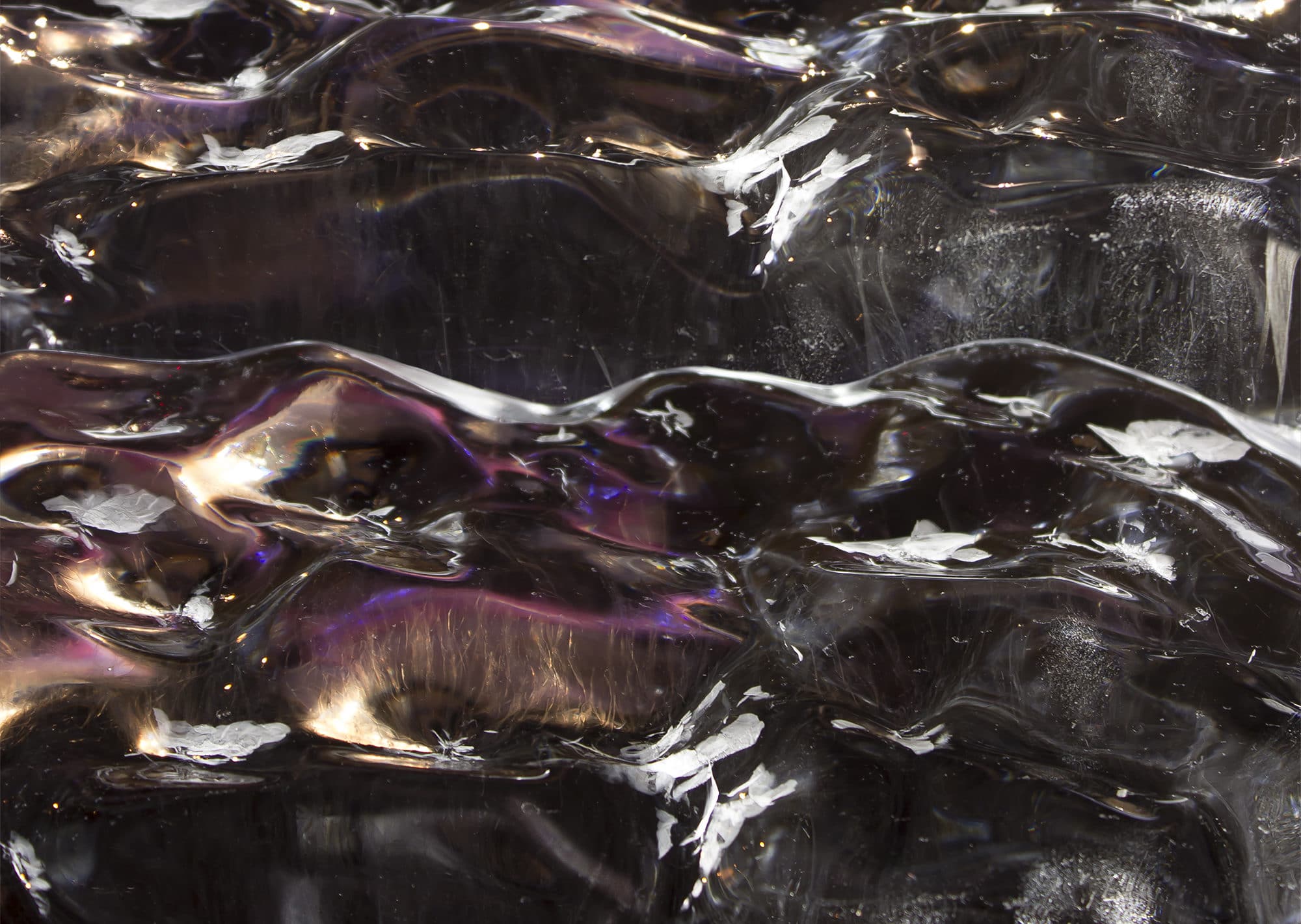Vanishing Finish
Cyanotype prints

Vanishing Finish Installation, Museum of Art, University of Wyoming, 34.8 x 14 feet


Vanishing Finish is a series of 49 cyanotype prints of endangered keystone species selected from the International Union for the Conservation of Nature’s Red List.
Keystone species are land animals, insects, sea life, plants and bacteria at the apex of their habitat and ecological community. Their disappearance and loss devastates the ecosystem.
Cyanotype is a photographic process that fades and disappears in direct sunlight. Unlike other photographic methods, they offer a ray of hope. When stored in a dark environment, cyanotypes can be restored to their original state. We chose this method, because of this restorative attribute.
Vanishing Finish (edition of 2 + 1 AP) is inspired by British botanist Anna Atkins and her cyanotype collections of maritime plants from the 1800’s and Ligorano’s conservation work on the Brooklyn Bridge blueprints .
Japanese 30 gram Sekishu paper is coated with a light sensitive emulsion. The Sekishu paper gives the camera-less images a translucent, ephemeral quality. Image sources are primarily 19th century naturalist illustrations from the Smithsonian’s Biodiversity Heritage Library.
Digital negatives are created from these sources. The negatives are printed directly onto the coated paper and exposed in direct sunlight or in a UV exposure lightbox. When printed on a paper, like Sekishu, the images take on a special character and nuance. As blueprints they refer to a taxonomy defined and drawn by Europeans, and they become a living architectural system regulated and restricted by economics and environmental laws.
The first exhibition of this series takes place at the Museum of Art at the University of Wyoming in April 2025.
Gallery Talk at Wasserman Works, Detroit, Michigan
Marshall: Vanishing Finish brings the climate crisis close to the viewer with durational artworks that react to the environment. Cyanotypes slowly fade in direct sunlight and the process of their transformation heightens our sense of time and loss.
Nora: The theme of the series is about the impact of the human hand on the climate, the environment and flora and fauna. There’s a sense of loss, of ephemerality of life. The paper that we’re using is a Japanese tissue. Sekishu is very fragile when wet and has to be handled carefully during the processes of developing the images which connects the process and materiality of the images with the larger concept.
I’m one of the conservators of the original Brooklyn Bridge drawings. A lot of those drawings are blueprints from 1897 and the early 1900s. They’re beautiful. Looking at those drawings, I realized blueprints are really about a living system and I wanted to apply that to a work on the environment.
Marshall: Creating images of endangered species as a blueprint connects them to the impacts of human intervention on the environment. Like a blueprint you see the relation between laws and the economy with the living world. The world is part of a larger living architecture hopefully taking into account a more holistic role that humanity has with the world and the other species we live with.

















































